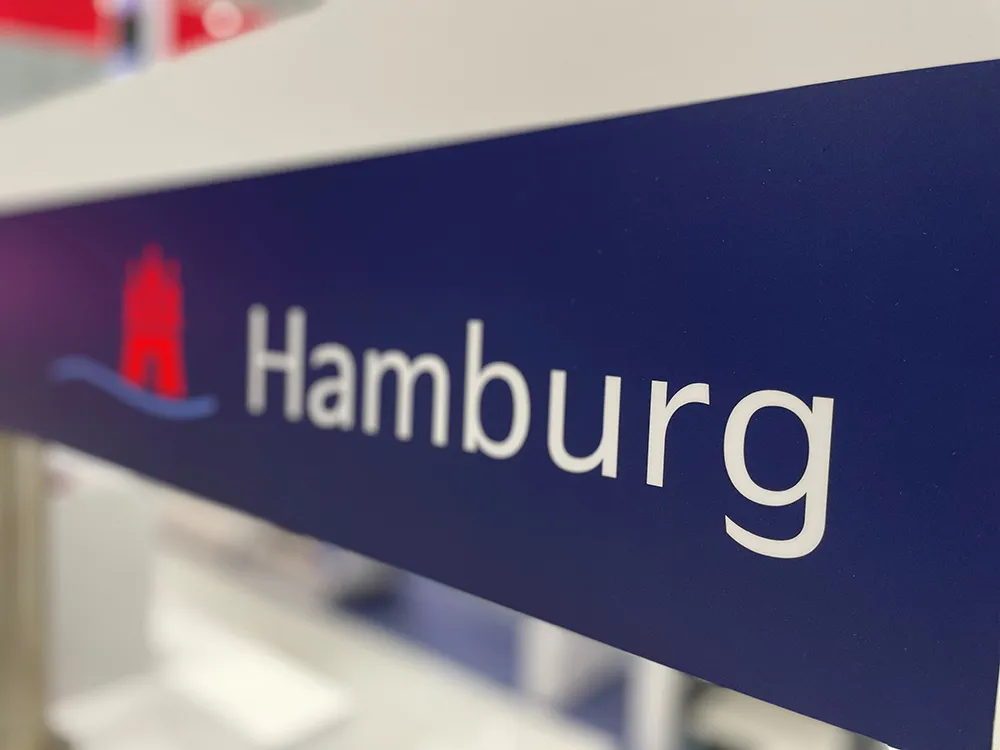According to the latest analysis from Frost & Sullivan, the competitive, growing gasoline particulate filters (GPFs) market in Europe and North America presents suppliers and original equipment manufacturers (OEMs) with diverse opportunities as well as challenges. The inclusion of particulate number regulation within emission norms will accelerate the adoption of GPFs. However, government incentives will be vital to help OEMs tackle the rising costs of GPF installations.
The analysis, Analysis of the GP
November 2, 2015
Read time: 2 mins
According to the latest analysis from 2097 Frost & Sullivan, the competitive, growing gasoline particulate filters (GPFs) market in Europe and North America presents suppliers and original equipment manufacturers (OEMs) with diverse opportunities as well as challenges. The inclusion of particulate number regulation within emission norms will accelerate the adoption of GPFs. However, government incentives will be vital to help OEMs tackle the rising costs of GPF installations.
The analysis, Analysis of the GPF Market for Passenger Cars in Europe and North America, finds that the number of engines equipped with GPFs stood at 50,335 units and estimates this to reach 4.6–4.2 million units by 2020. Western Europe will lead the way, accounting for 79 to 82 percent of total volume by 2020.
While GPFs provide a filtration efficiency of more than 90 percent, the inherent drawback of increased exhaust back pressure affects fuel economy. Improved material selection and design will be crucial to decrease exhaust back pressure as well as costs. To that end, long-term collaborative relationships among suppliers and OEMs will be essential.
“Several OEMs are working on combustion optimisation and injection technologies that reduce particulate emissions in engines rather than through exhaust after-treatment,” said Frost & Sullivan Automotive and Transportation senior research analyst Arun Chandranath.
“Nevertheless, emission mandates are coaxing OEMs to employ fuel-efficient technologies such as gasoline direct injection, which in turn will drive the need for complementary after-treatment systems like GPFs.
“Innovation at the supplier end to effectively design efficient models and widen the operating limits of systems will play a pivotal role in lowering initial and maintenance costs,” noted Chandranath. “Consequently, uptake will surge and OEMs will be better positioned to address emission regulations and customer demands.”
Government incentives and a global approach to implementing GPFs will further cut costs and push almost all OEMs in North America and Europe to include GPFs within their portfolios by 2020.
The analysis, Analysis of the GPF Market for Passenger Cars in Europe and North America, finds that the number of engines equipped with GPFs stood at 50,335 units and estimates this to reach 4.6–4.2 million units by 2020. Western Europe will lead the way, accounting for 79 to 82 percent of total volume by 2020.
While GPFs provide a filtration efficiency of more than 90 percent, the inherent drawback of increased exhaust back pressure affects fuel economy. Improved material selection and design will be crucial to decrease exhaust back pressure as well as costs. To that end, long-term collaborative relationships among suppliers and OEMs will be essential.
“Several OEMs are working on combustion optimisation and injection technologies that reduce particulate emissions in engines rather than through exhaust after-treatment,” said Frost & Sullivan Automotive and Transportation senior research analyst Arun Chandranath.
“Nevertheless, emission mandates are coaxing OEMs to employ fuel-efficient technologies such as gasoline direct injection, which in turn will drive the need for complementary after-treatment systems like GPFs.
“Innovation at the supplier end to effectively design efficient models and widen the operating limits of systems will play a pivotal role in lowering initial and maintenance costs,” noted Chandranath. “Consequently, uptake will surge and OEMs will be better positioned to address emission regulations and customer demands.”
Government incentives and a global approach to implementing GPFs will further cut costs and push almost all OEMs in North America and Europe to include GPFs within their portfolios by 2020.









